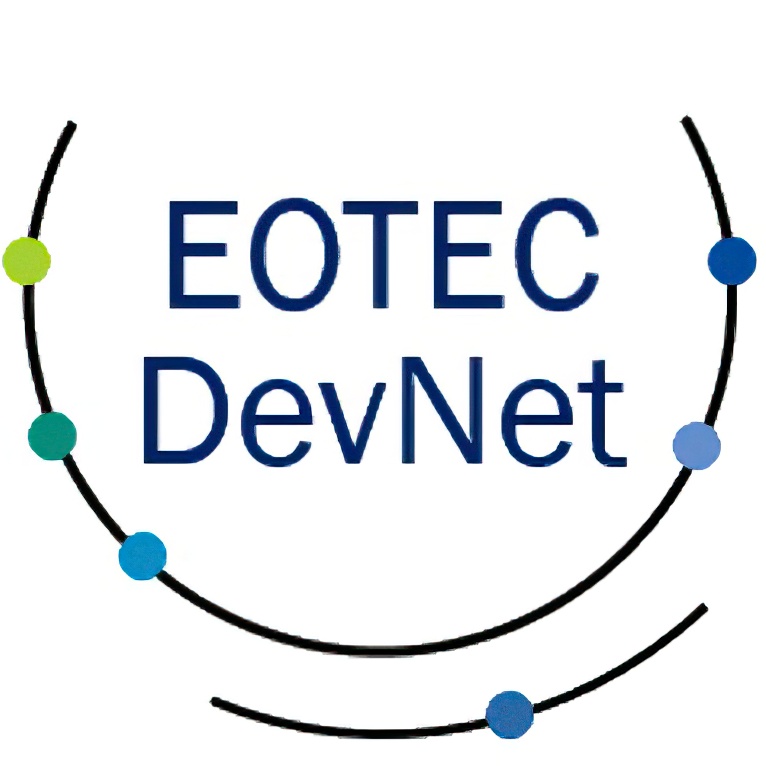Hyperspectral data presents a unique opportunity to characterize specific vegetation types and biogeochemical processes across the land and oceans. Applications of hyperspectral data include plant species identification, invasive species management, assessment of phytoplankton functional types, mapping of wetlands and shallow benthic communities, and detection of harmful algal blooms (HABs). The ability of hyperspectral data to characterize chemical, physiological, and morphological traits allows decision-makers to better understand critical components of ecosystem dynamics such as invasive species encroachment, forest decline and pest infestation, and ocean dynamics. This training is also an opportunity to build capacity in a large user community prior to the launch of the highly anticipated global hyperspectral SBG mission.
Course Dates: January 19, 26 and February 2, 2021
Times and Registration Information:
Times: 11:00-12:30 & 16:00-17:30 EST (UTC-5);
Relevant UN Sustainable Development Goals:
Goal 14: Conserve and sustainably use the oceans, seas and marine resources for sustainable development
Target 14.2: By 2020, sustainably manage and protect marine and coastal ecosystems to avoid significant adverse impacts, including by strengthening their resilience, and take action for their restoration in order to achieve healthy and productive oceans
Goal 15: Protect, restore and promote sustainable use of terrestrial ecosystems, sustainably manage forests, combat desertification, and halt and reverse land degradation and halt biodiversity loss
Retweet Option: https://twitter.com/NASAARSET/status/1330947458675961858
